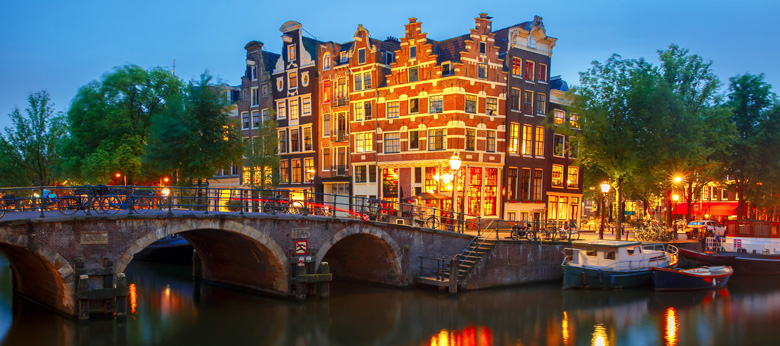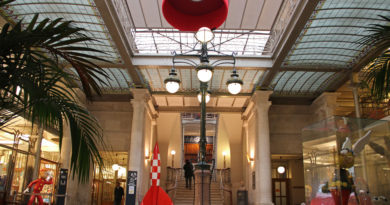A hidden history of the Jordaan
The Jordaan is one of Amsterdam’s oldest and most famous haunts. Only a brisk ten-minute walk west of the city centre, the neighbourhood personifies the image of crooked gabled houses and rippling canals that Amsterdam has become synonymous with (for better or for worse).
It is not hard to understand why the Jordaan has become such a symbol of the city. Cafés and bars hug cobbled corners and local merchants still provide unique products and produce from the area. It is also home to some of Amsterdam’s most famous attractions; the Anne Frank house and Westerkerk. There’s even a houseboat museum. Travel-guides and online blogs have mercilessly laid bare every architectural delight and eatery worth inspecting. It should come as no surprise then that it is also one of Amsterdam’s most upscale and expensive areas. Now a target of the international jet-set and Amsterdam elite, the neighbourhood exudes wealth and charm. It’s also known for its famous singers, producing well-known Dutch household names such as Johnny Jordaan and Willy Alberti.
However, the Jordaan has not always been associated with haute cuisine and fashion-in-vogue. Upon closer inspection, there are details and eccentricities that define the neighbourhood and its people in a more peculiar and appetising light. The neighbourhood has a strong working-class history that spans back hundreds of years, only to have faded in the last thirty due to gentrification and increasing price of real estate. The high density and concentration of housing denotes poor living conditions and sanitation for the thousands of families who lived there during the 18th and 19th centuries. It therefore astonished me to learn that the Jordaan was a socialist and anarchistic hotbed for centuries, with rioting breaking out in 1835, 1886, 1917 and 1934 respectively. It was also a focal-point for the Dutch resistance in the city during the hardest years of the Second World War. As such, the older Jordaan reputation is that of a troublesome nuisance for anyone attempting to govern the city. There is no greater example of this than the baffling ‘Eel-Pulling’ riots of 1886, or Palingoproer. Though a little macabre, the sport of pulling a soap-covered writhing eel suspended over a canal from a boat apparently appealed to Jordaan inhabitants for hundreds of years. The local government eventually formed a very dim view of this piscine practice and vowed to close it down. Following a police intervention, the district descended into chaos and rioting. The uprising was supressed three days later by the army, with 26 dead and 136 injured.
You still find traces of this odd history today. Visit the Rozenstraat in the middle of the Jordaan to explore a more traditional Jordaan neighbourhood. Walk to the end of the Lindengracht and spot where it intersects with the Prinsengracht; this is where the original barricades of the Eel riots were constructed by disgruntled locals. Near here you can also observe a statue of Theo Thijssen, a local writer, unionist and socialist politician who also hailed from the neighbourhood. There is also a museum dedicated to him on the Eerste Leliewarsstraat. The history of the Jordaan, and the stories of the people who shaped it, is worth consideration. It adds a depth and richness to a stunning place.




